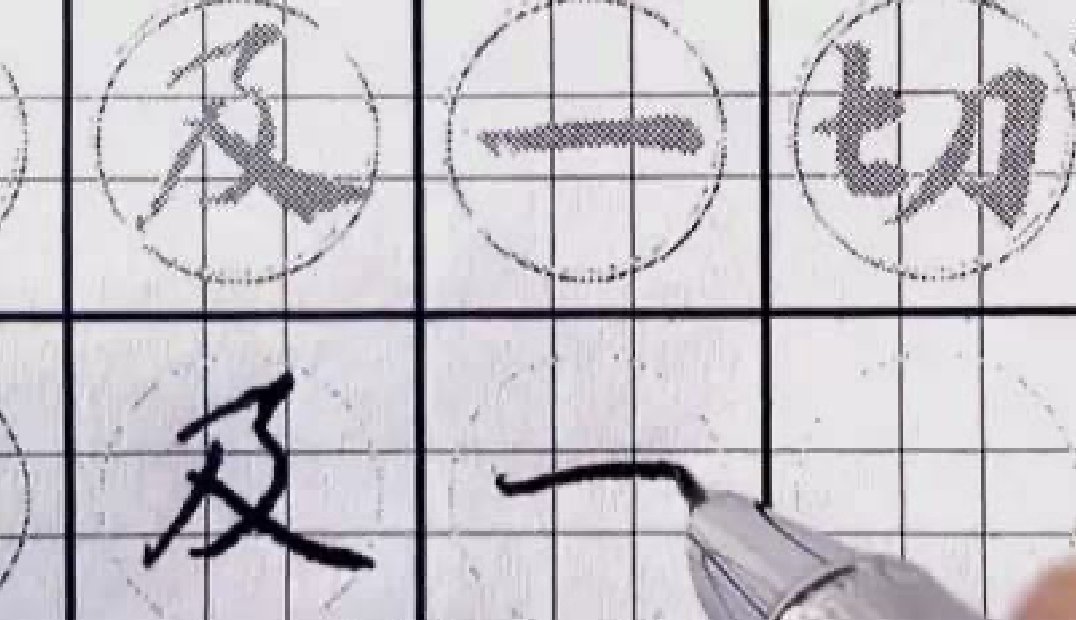Hard-tipped calligraphy is very practical, especially for friends who just want to meet the needs of work and life. Learning hard-tipped calligraphy is relatively pragmatic.
1. Why do you need to read ancient writings when learning hard pen writing?
1. Calligraphy aesthetics are established by traditional calligraphy, and hard-pen calligraphy cannot deviate from it. Traditional calligraphy has established calligraphy aesthetic standards that have been agreed upon for thousands of years. Since it has formed a beautiful "set", the aesthetic standards of hard-tipped calligraphy must be followed, otherwise it cannot be called calligraphy.
2. Traditional calligraphy copybooks are rich in nutrients. The standard of calligraphy is established by traditional ancient calligraphy, and the hard-pen calligraphy absorbs nutrients from the brush calligraphy. Although the pen calligraphy has degraded a lot of the brush calligraphy techniques, many nutrients such as structure and lifting are still retained.
3. The structural rules are in ancient texts. The most important thing about using a pen to write ancient calligraphy is to learn the structure, which is to simulate the trajectory of the brush, the structure of the fonts, etc. The pressing can also be solved by the elasticity of the pen.

Water-based pen version of "Ling Fei Jing"
4. Cultivation of writing habits
Since you love calligraphy, you will have to learn calligraphy one day. If you want to return, you cannot accumulate too many hard-pen writing habits, especially you cannot learn calligraphy with a strong personal style, such as "Pang". If you accumulate too many "bad habits", the original pure spirituality of calligraphy will be almost killed.
2. Hard-pencil selection of essays
1. Introduction to regular script. The first choice is "Ling Fei Jing", or Wang Xianzhi's "Thirteen Lines", Zhao Mengfu's "Tao Te Ching" and other small regular scripts. These small regular scripts are easy to use, full of ancient meaning, well-structured, and rich in writing skills, so they should be the first choice. A friend of mine is also good at practicing Chu body with a pen. He is very good at lifting and pressing. You can also give it a try.
2. Regular script upgrade. After getting started with hard pens, you can also consider Yan-style and Liu-style pens, and then consider more difficult pens such as European-style and Yu-style pens. These are no longer sufficient for basic use of hard pens.
3. In terms of running script, it is recommended to write "Lanting Preface" and "Holy Teaching Preface" by Erwang, or Tang Yin's "Luohua Poems", etc. are also good. Mainly pay attention to the practice of strokes and structure. As for folding and stopping of strokes, just pay attention, there is no need to deliberately learn them;
4. In terms of official script, "Cao Quan Stele" is the first choice because of its exquisite lines. There are not many Han Li that can be used to learn hard-tipped calligraphy.
3. Selection of hard pen tools
In terms of practicality, nowadays hard pens are widely used, fountain pens are less common, and water-based pens and roller pens are more common. In fact, they can be used for learning. But because the tip of a water-based pen is a ball, if you are using a water-based pen, you might as well try a water-based pen with a thicker tip, such as 0.7 or 1.0, which can change the thickness and have a good effect.
It is worth mentioning that the pencil has a sharp edge and strong controllability, and can also be used to practice hard-pen calligraphy.








